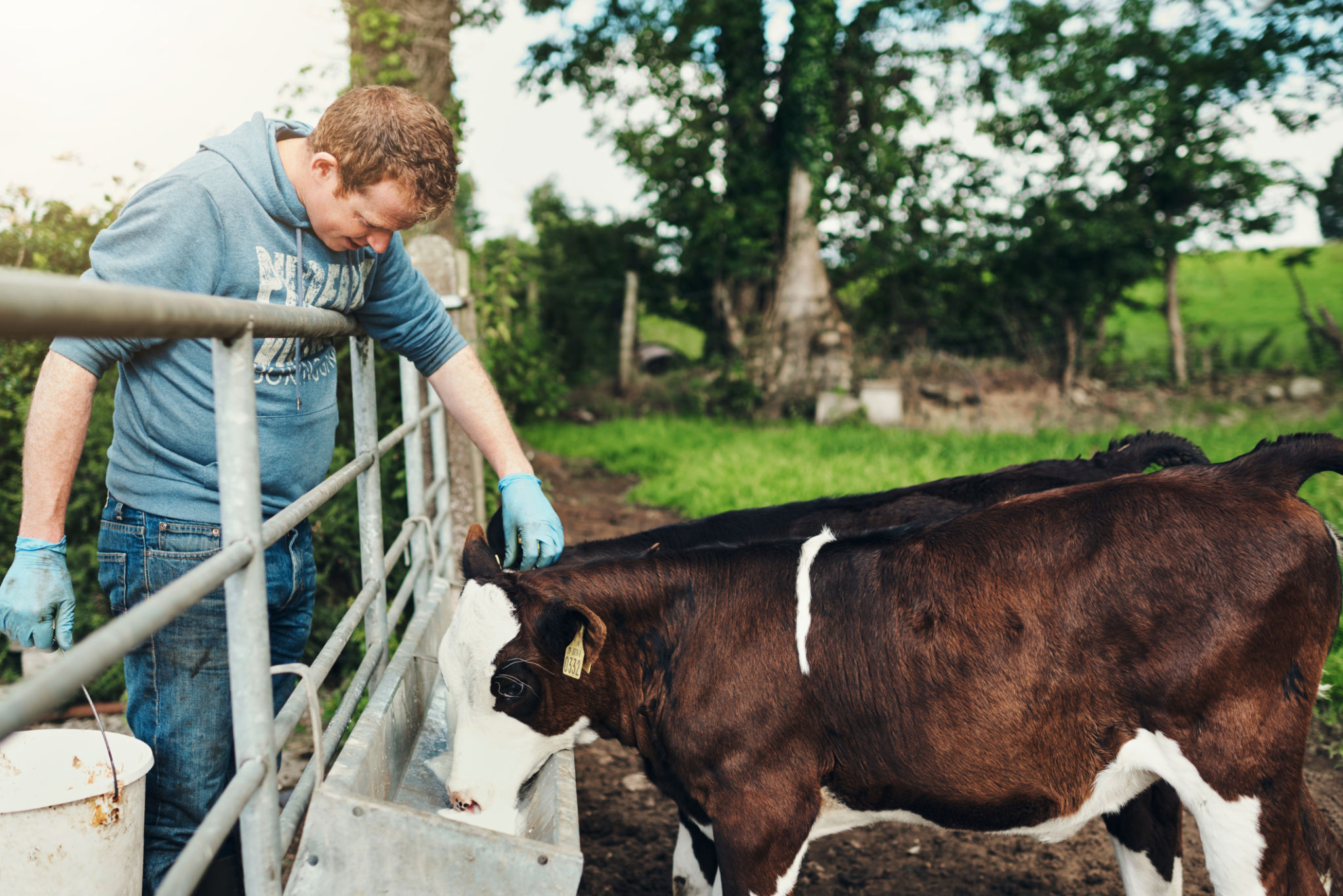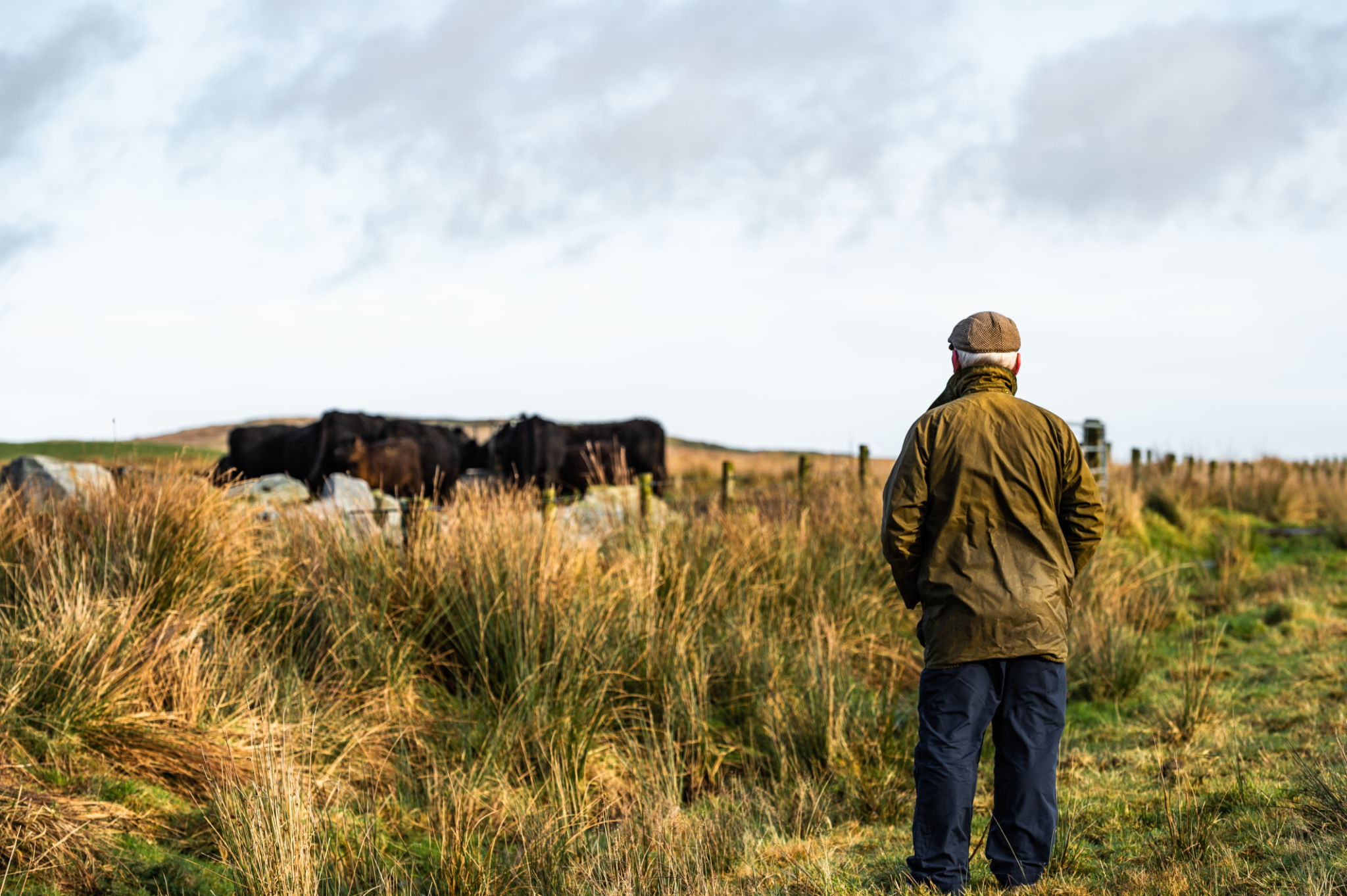Understanding the 2025 National Suckler Beef Welfare Scheme
Introduction
There’s no shortage of schemes and acronyms in Irish farming, but the 2025 National Suckler Beef Welfare Scheme has caught people’s attention for a simple reason: it looks like money that’s actually within reach. At €75 per eligible calf, up to a maximum of 45 calves, it’s one of the more straightforward supports we’ve seen in recent years. And at a time when feed, vet bills and energy costs are still putting the squeeze on, that extra bit of cash can keep the wheels turning.

Who’s In and Who’s Out
The rules are fairly clear, but worth spelling out:
- To qualify, calves must be born between 1 July 2024 and 30 June 2025, and they have to be registered within 27 days of birth.
- Bought-in calves don’t count, even if you buy a cow-and-calf pair. The scheme is for breeding herds, not trading systems.
That second rule in particular is where people often slip up. We’ve already heard from farmers who assumed a calf bought at the mart with its dam would qualify. Unfortunately, it won’t. The scheme is aimed squarely at supporting suckler herds that are breeding their own calves.

What the Money Really Means
Let’s talk numbers, because that’s what matters at the end of the day.
- The average suckler herd size in Ireland is 16 cows (CSO 2024). If 14 calves qualify, that’s a payout of €1,050. That’s enough to cover the AI straws for the year, a round of calf vaccines, or even the cost of tags and registration fees.
- A 30-cow herd could see a payment closer to €2,100. That would cover the entire silage wrap bill for the winter, or a good chunk of contractor costs.
- Bigger herds hitting the 45-calf ceiling would bring in €3,375. For many, that’s a month’s ration bill for weanlings taken care of.
On its own, it’s not going to make sucklers profitable overnight. But in a sector where margins are often wafer-thin, this is money that slots directly into the day-to-day running of the farm.

Watch the Pitfalls
Schemes like this are meant to be straightforward, but experience tells us mistakes can cost dearly.
1. Late registrations: In 2023, around 8% of calves nationally were registered late. That’s one in every twelve. And the rule here is black and white, miss the 27-day window and you lose the payment, no appeals.
2. Paperwork slip-ups: Calves logged under the wrong category or herd details not matching have caused headaches before. The devil really is in the detail, especially when applications are flying in at the last minute.
3. Wrong assumptions: As mentioned, purchased calves, even with the dam, won’t count. Too many farmers got caught on this in previous years.

Why It’s Creating Buzz
Part of the buzz is simply down to the numbers. Last year, payments averaged €50–60 per calf once all conditions were met. This year, €75 per calf is a noticeable lift.
With around 800,000 suckler cows in Ireland (ICBF 2024), the potential money flowing into the sector is significant. Even if half the cows qualify, you’re looking at tens of millions of euro going straight into rural areas. For many farm households, that extra cash can be the difference between breaking even and slipping into the red.
It also signals that the Department knows support is badly needed. Suckler numbers have been slowly declining in recent years, with many younger farmers stepping back from the system due to cost pressures. A stronger scheme like this may at least slow the slide.

Don’t Miss the Deadline
- This one is hard to overstate: applications must be submitted by 23:59 on 24 September 2025. And the Department has been crystal clear, no late entries will be accepted.
- That gives farmers about five weeks from now. It sounds like plenty of time, but as every farmer knows, deadlines have a way of sneaking up. Leaving it until the night before, when agfood.ie is under pressure with half the country trying to log on, is a recipe for stress.

Conclusion
For most farmers, the 2025 Suckler Scheme won’t be a windfall, but it will help balance the books. €1,000 to €3,000 is real money that can be put straight back into the system, whether that’s silage, vet bills, or simply keeping a buffer in the account.
The main thing is to avoid the pitfalls, tick the boxes correctly, and get the application in well before the deadline. For suckler farmers trying to hold the line in a tough sector, this scheme is one worth paying attention to.
*By Anne Hayden MSc., Founder, The Informed Farmer Consultancy.
